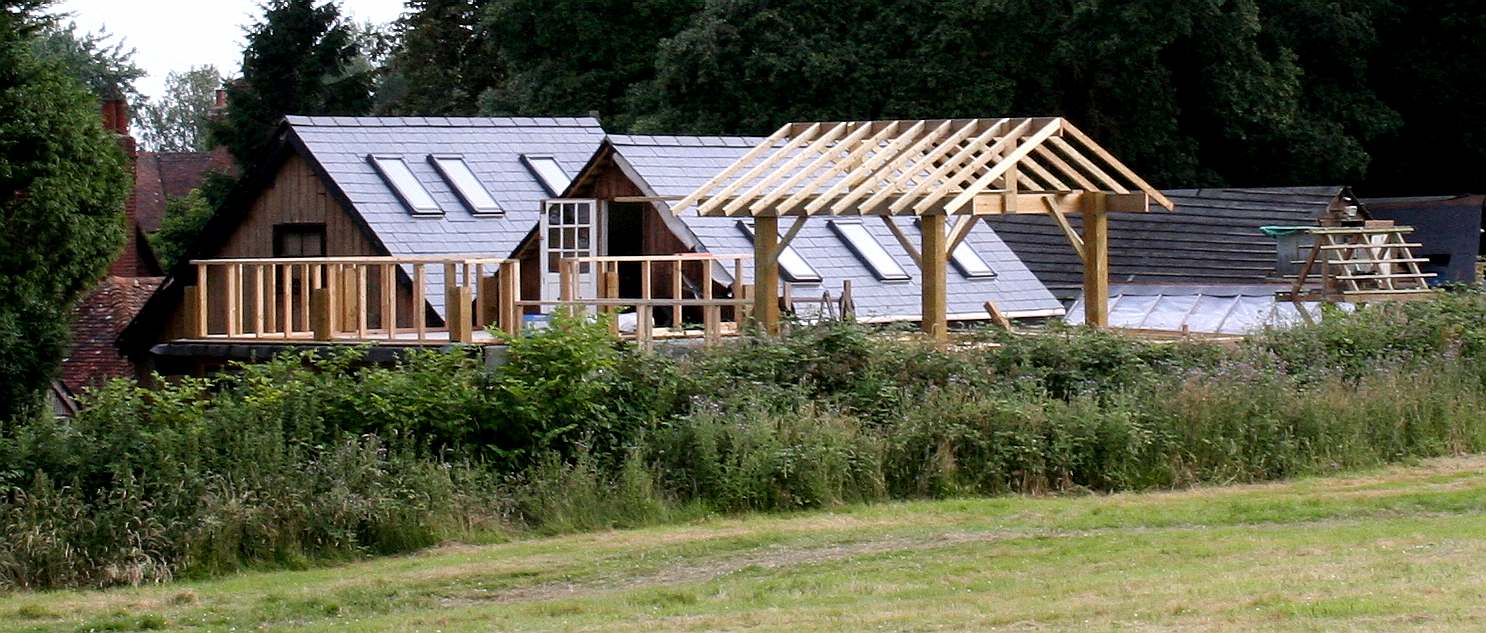|
BALSA - A - Z of WOOD
|
|
|
Balsa lumber is very soft and light, with a coarse, open grain. The density of dry balsa wood ranges from 40 to 340 kg/m3, with a typical density around 160 kg/m3. Balsa is the softest wood ever measured using the Janka hardness test (22 to 167 lbf). The wood of the living tree has large cells that are filled with water. This gives the wood a spongy texture. It also makes the wood of the living tree not much lighter than water and barely able to float. For commercial production, the wood is kiln-dried for about two weeks, leaving the cells hollow and empty. The large volume-to-surface ratio of the resulting thin-walled, empty cells gives the dried wood a large strength-to-weight ratio because the cells are mostly air. Unlike naturally rotted wood, which soon disintegrates in the rainforests where balsa trees grow, the cell walls of kiln-seasoned balsa wood retain their strong structure of cellulose and lignin.
Chipboard Mahogany MDF Plywood
Wood is good. It is a natural material growing all over the planet as trees. As these trees grow, they convert carbon dioxide to timber for humans to harvest and cut up in sawmills, after the dead tree has had time to season.
Planting more trees than we cut down is one way of sustainably managing forests, so that we don't upset the balance and reduce the carbon sink that keeps our planet cool. Unfortunately, some logging is not properly policed, such as the clearing of large swathes of jungle, to grow cash crops.
We should be going the other way, re-wilding areas, instead of farming them. But, wood is useful to build houses and make furniture. Hence, we should plan our assault on the natural world more carefully. Even if it means creating laws to stop the plunder in the Amazon and other rainforests.
We also need wood to make plywood, MDF, stirling board and chipboard. Wood is the basis of paper and cardboard. Pound for pound, some timbers are stronger than steel.
WOOD - This building dating from C. 1900 is of wooden construction, seen here undergoing re-roofing in 2018. When built the timbers were not treated. Amazingly, despite serious flora invasion and insects, the building is in relatively good condition. A good example of carbon lock, and something that perhaps a circular economy should be based on.
HERSTMONCEUX GENERATING STATION
The generating station just 400 yards from Gardner (High) Street, in the Sussex village of Herstmonceux, is the oldest surviving early example of municipal electricity generation, in a rural setting in the whole world. For this reason the generating buildings are now being converted by the Lime Park Heritage Trust. At present, the complex enjoys no reasonable of beneficial use to pay for general maintenance and security, as a heritage asset in a relatively exposed position, and constructed of timber. Fortunately, the walkers in this field are a great bunch. Very friendly and chat with each other. Also keeping an eye out for anything out of the ordinary.
|
|
|
Copyright © 2022 HST (a not for profit organisation) |
